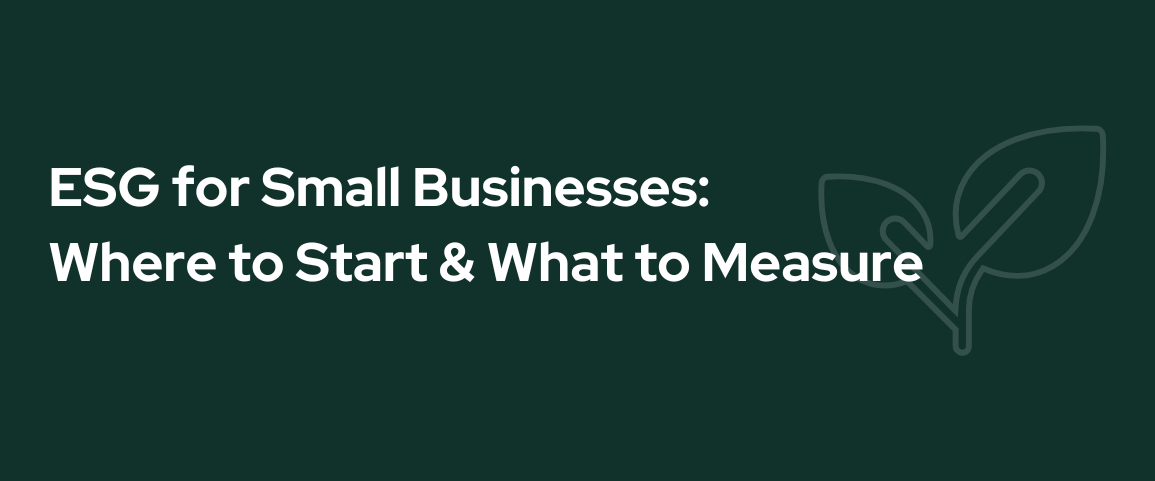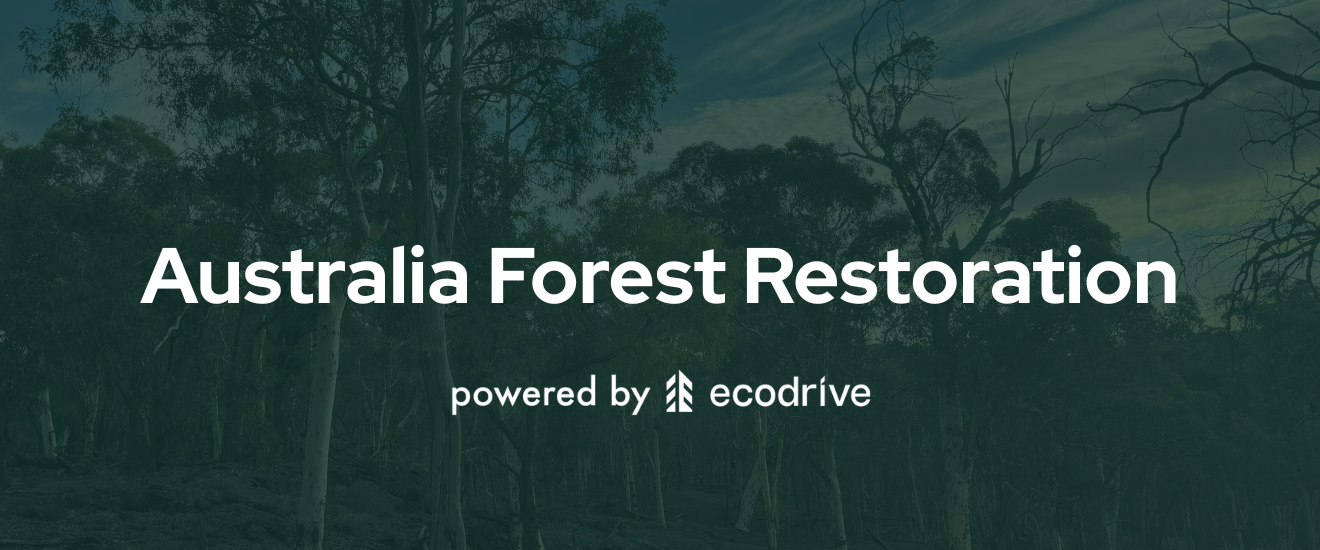ESG for Small Businesses: Where to Start and What to Measure
5 simple steps to fulfilling your ESG goals for both the short and long term
Environmental, Social, and Governance (ESG) strategy isn’t just for corporations anymore.
Small and mid-sized businesses are increasingly expected to understand, measure, and communicate their sustainability practices.
But where should you start when resources are limited?
1. Understand What ESG Means for Your Size and Sector
ESG isn’t one-size-fits-all. For a small business, ESG might not require formal disclosures or third-party ratings—but it still involves tracking and improving how your company performs environmentally, socially, and ethically.
A local coffee shop might focus on composting and employee wages. A growing e-commerce brand could focus on carbon-neutral shipping and ethical sourcing.
The key is to align ESG with the risks and opportunities most relevant to your business model.
2. Start With a Materiality Assessment
A materiality assessment helps you identify which ESG issues matter most to your stakeholders (customers, team, suppliers, and investors).
For example, a packaging company may prioritize reducing plastic waste and emissions, while a service-based firm might focus more on workforce equity and data ethics.
You don’t need a consultant to do this. Start with a short internal brainstorm and customer feedback survey to prioritize what to measure.
3. Choose a Small Set of Metrics to Track
Don’t try to measure everything. Begin with 5–7 metrics that reflect your most material ESG areas. For example:
Environmental
- Energy usage (kWh)
- Carbon emissions (CO₂e)
- Water usage or waste diversion
- Verified impact (trees planted, plastic removed)
Social
- Employee turnover
- Local hiring rates
- Diversity and inclusion stats
- Community engagement
Governance
- Code of ethics or sustainability policy
- Supplier audits or certifications
- Data protection compliance
Using free tools like Ecodrive, the Carbon Trust calculator, or simple Excel sheets can be enough to get started.
4. Be Transparent and Consistent
You don’t need to be perfect—you just need to be honest.
Small businesses can win customer loyalty by sharing goals, even if they’re still early in the journey. Use your website, product pages, or a “Sustainability” section to share what you’re tracking and how it’s going.
Avoid vague language like “eco-friendly.” Instead, say: “We measure our impact through tree planting and track CO₂e savings with verified partners.” Specificity builds trust.
5. Set Goals and Review Regularly
Start with short-term goals—like achieving 50% waste diversion within six months or planting 10,000 trees by the end of the year.
Review progress quarterly, and refine your strategy as your team grows.
Eventually, you may pursue B Corp certification, net-zero targets, or ESG reporting frameworks like GRI or SASB. But for now, small steps with clarity go a long way.












